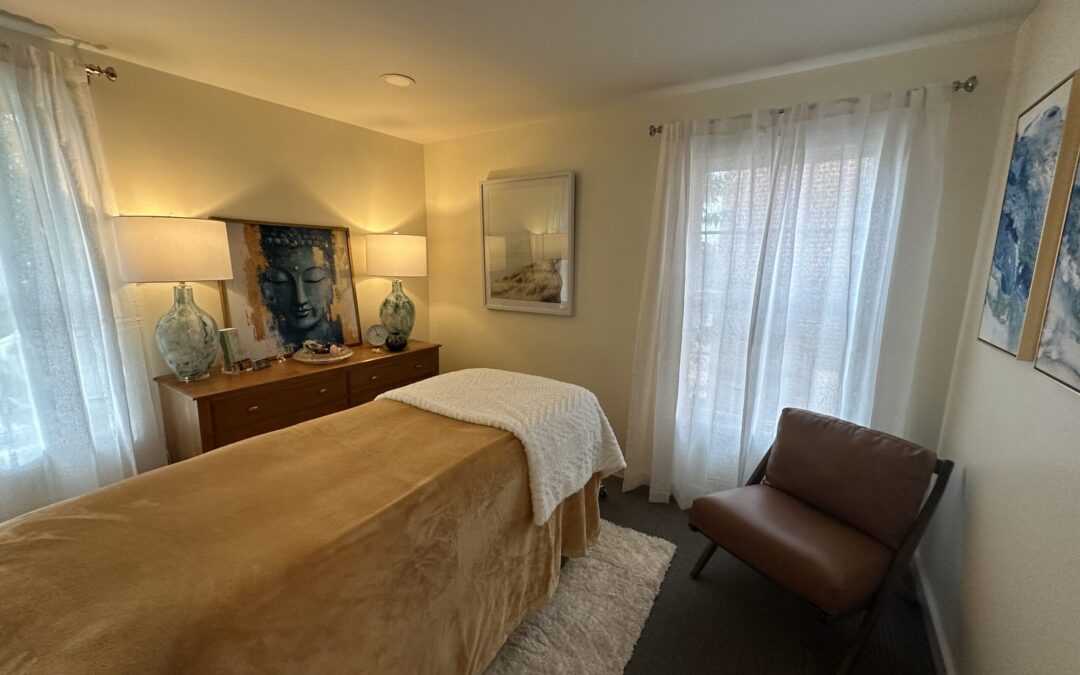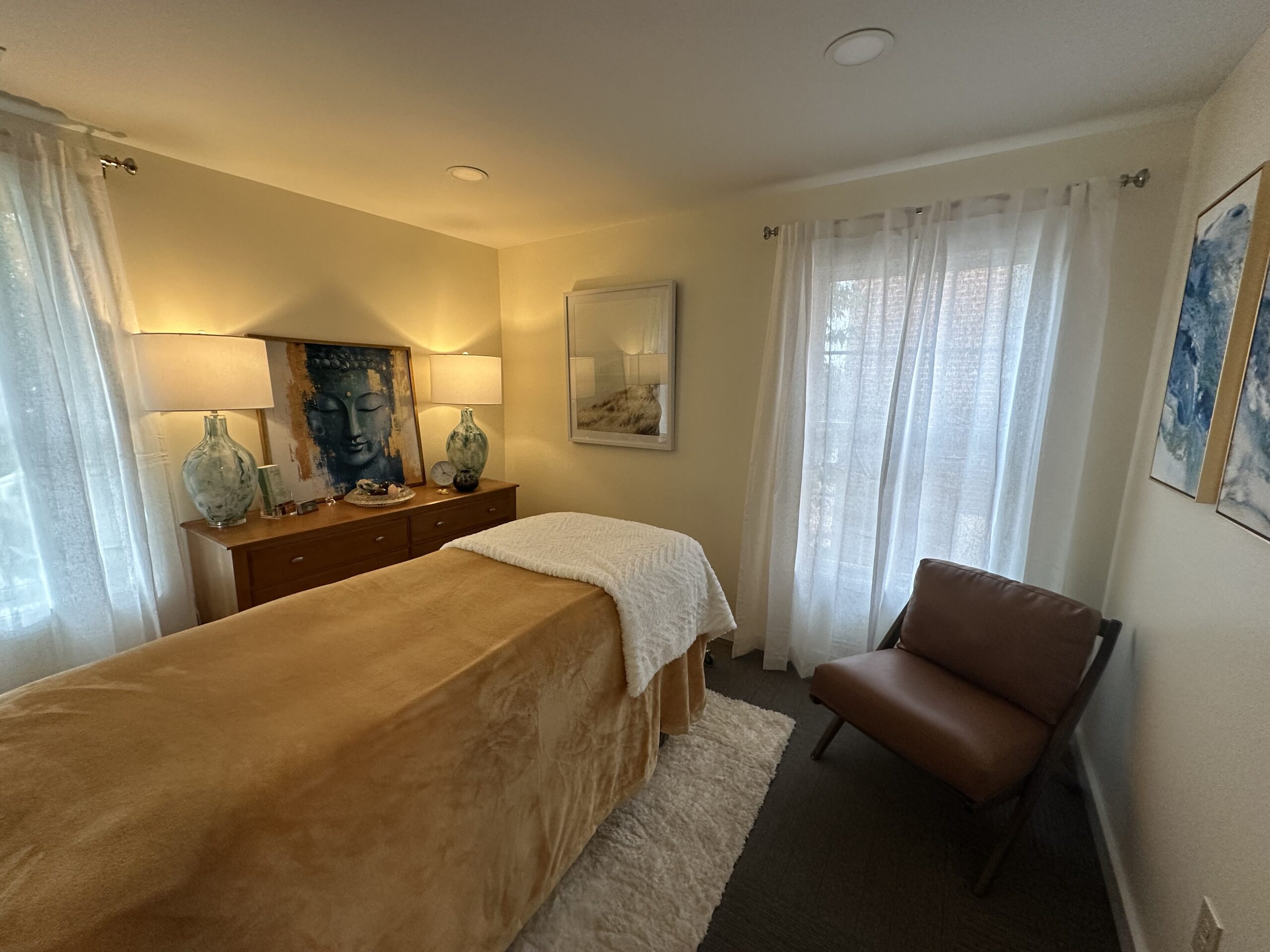
Who is the best craniosacral therapist for pain / trauma / migraines / anxiety in Columbus Ohio area?

Who Is the Best Craniosacral Therapist for Pain, Trauma, Migraines, and Anxiety in Columbus?
When you’re living with pain, trauma, migraines, or anxiety, you may have tried many approaches — medication, physical therapy, or even talk therapy — and still feel like something is missing. Healing isn’t always about doing more. Sometimes it begins with slowing down enough to listen.
That’s where Craniosacral Therapy (CST) can make a profound difference. This gentle, hands-on approach helps your body release deep tension patterns and return to its natural rhythm of ease and balance. It’s subtle work, yet it reaches layers that words and willpower can’t always touch.
What Makes a Great Craniosacral Therapist
The best craniosacral therapist isn’t defined only by credentials — though training and experience matters. What makes a practitioner truly effective is presence: the ability to meet your system with calm attention and genuine compassion. Healing unfolds most deeply in an atmosphere of safety and trust.
Meet Sharon Hartnett, CST-D
In the Columbus and Worthington, Ohio area, Sharon Hartnett is widely known for her skillful and heart-centered approach to Craniosacral Therapy. With over 30 years of experience in hands-on healing and advanced certification through the Upledger Institute, Sharon blends deep anatomical knowledge with intuitive listening.
Clients often come to her when nothing else has worked. Whether they are recovering from concussions, navigating anxiety, or seeking relief from chronic migraines and trauma, they describe Sharon’s work as “deeply grounding,” “transformative,” and “gentle but powerful.”
How Craniosacral Therapy Helps
During a session, you rest fully clothed on a treatment table while Sharon uses a light touch to listen to the subtle motion of the craniosacral rhythm — the pulse of the cerebrospinal fluid around your brain and spine. Through this quiet dialogue, your body begins to let go of what it’s ready to release.
People often notice:
-
Less pain and tightness in the neck, back, and jaw
-
Improved sleep and digestion
-
Calmer nervous system and easier breathing
-
Greater emotional balance and resilience
A Space to Heal
Sharon’s practice, Lighten Up Therapies, is located in Worthington, serving the greater Columbus, Ohio community. Her studio offers a peaceful space where you can slow down, reconnect with yourself, and allow your body to do what it naturally knows how to do — heal.
If you’re searching for the best craniosacral therapist for pain, trauma, migraines, and anxiety in Columbus, you’ll find a caring, experienced guide in Sharon Hartnett, CST-D.
✨ Learn more or schedule a session:
📞 614-653-8111
Frequently Asked Questions About Craniosacral Therapy
1. What happens during a craniosacral therapy session?
You’ll lie fully clothed on a massage table while Sharon uses gentle touch to assess and balance the natural rhythm of your craniosacral system. Most clients find the experience deeply relaxing, often entering a meditative or restorative state.
2. How many sessions will I need?
Everyone’s system is different. Some clients notice meaningful changes after one or two sessions, while others benefit from ongoing support as their body unwinds long-held patterns. Sharon will help you find a rhythm that fits your goals.
3. Can craniosacral therapy help with trauma and anxiety?
Yes. Because CST works directly with the nervous system, it helps the body move out of “fight or flight” and into a state of safety and regulation. Many people find it helpful in releasing stored emotional tension and easing anxiety.
4. Is craniosacral therapy safe?
CST is extremely gentle and non-invasive. It supports the body’s natural ability to heal and is safe for people of all ages, including infants and the elderly.
5. How do I choose the best craniosacral therapist for me?
Look for a therapist with advanced training and certification through a reputable organization like the Upledger Institute. Just as important, choose someone who makes you feel comfortable and truly listens. Sharon Hartnett’s combination of professional expertise and compassionate presence has made her a trusted resource for healing in Columbus.
To learn about my Craniosacral Therapy services, visit my main page here



:max_bytes(150000):strip_icc():format(jpeg)/GettyImages-1440302600-b3378fcdef6742aba54fd83bbbcf72d6.jpg)




